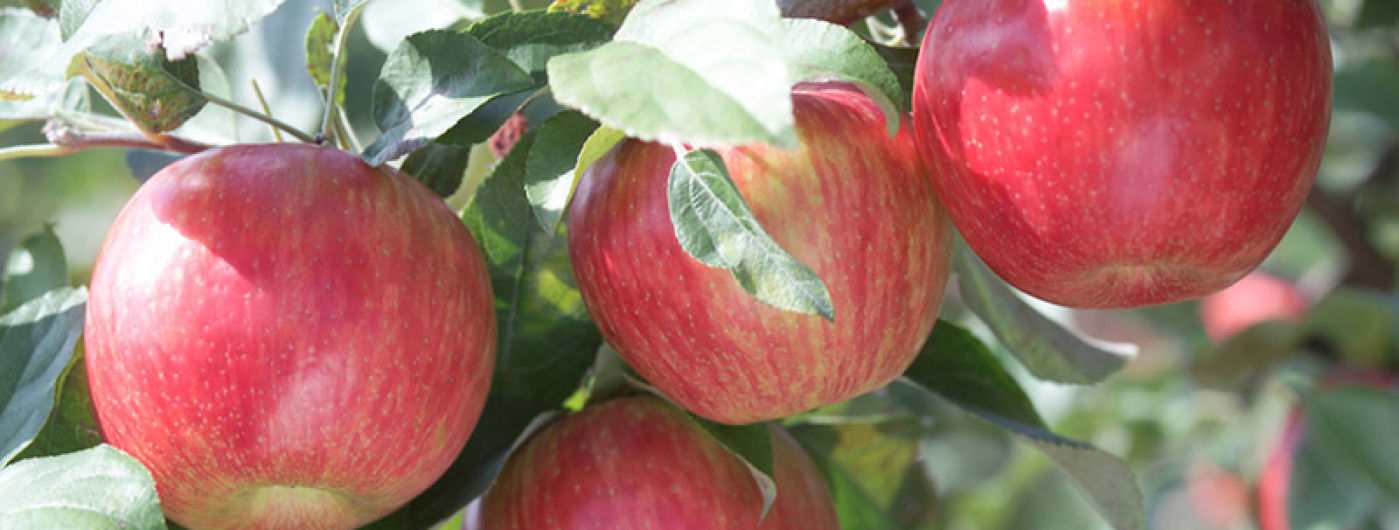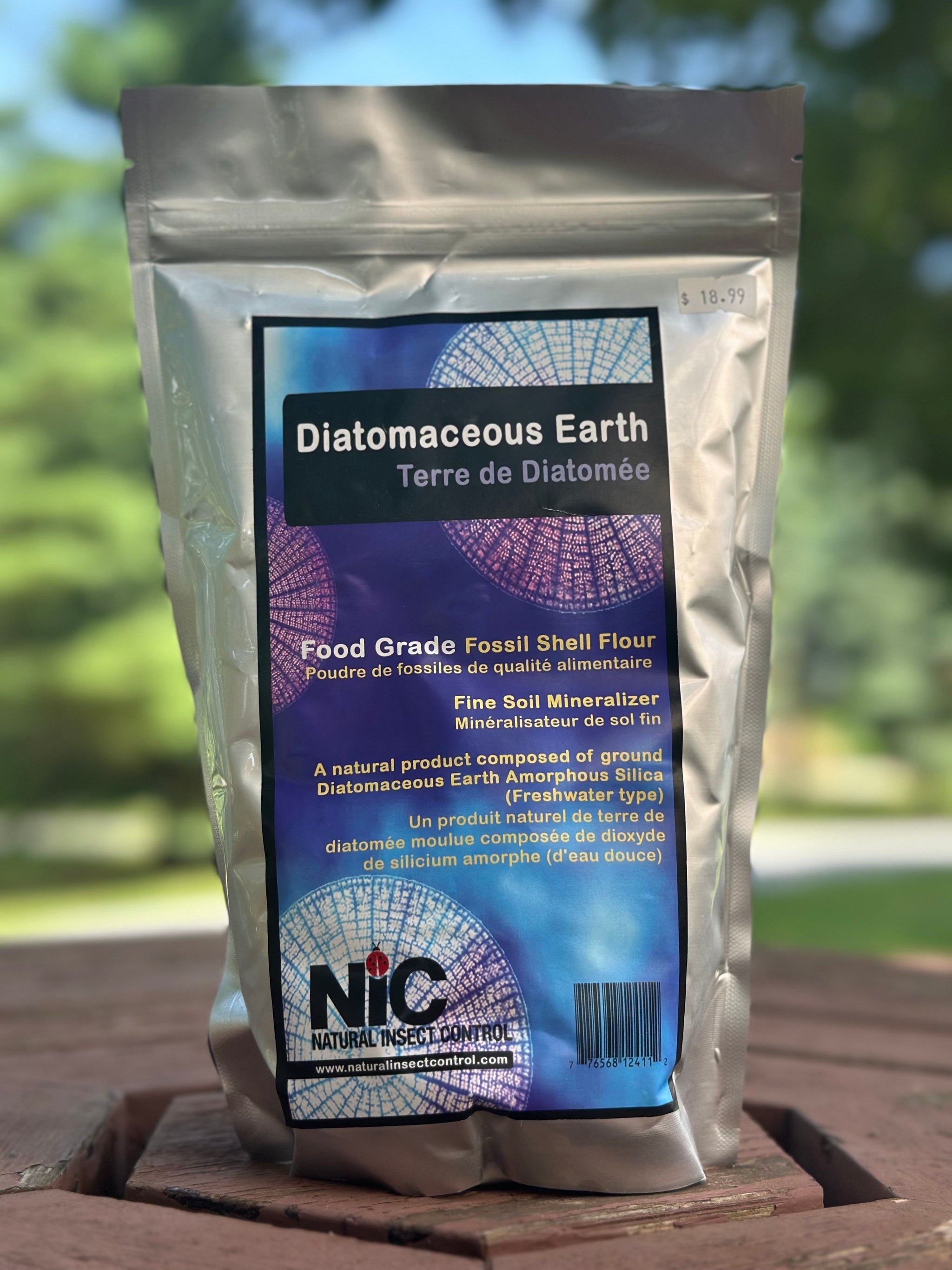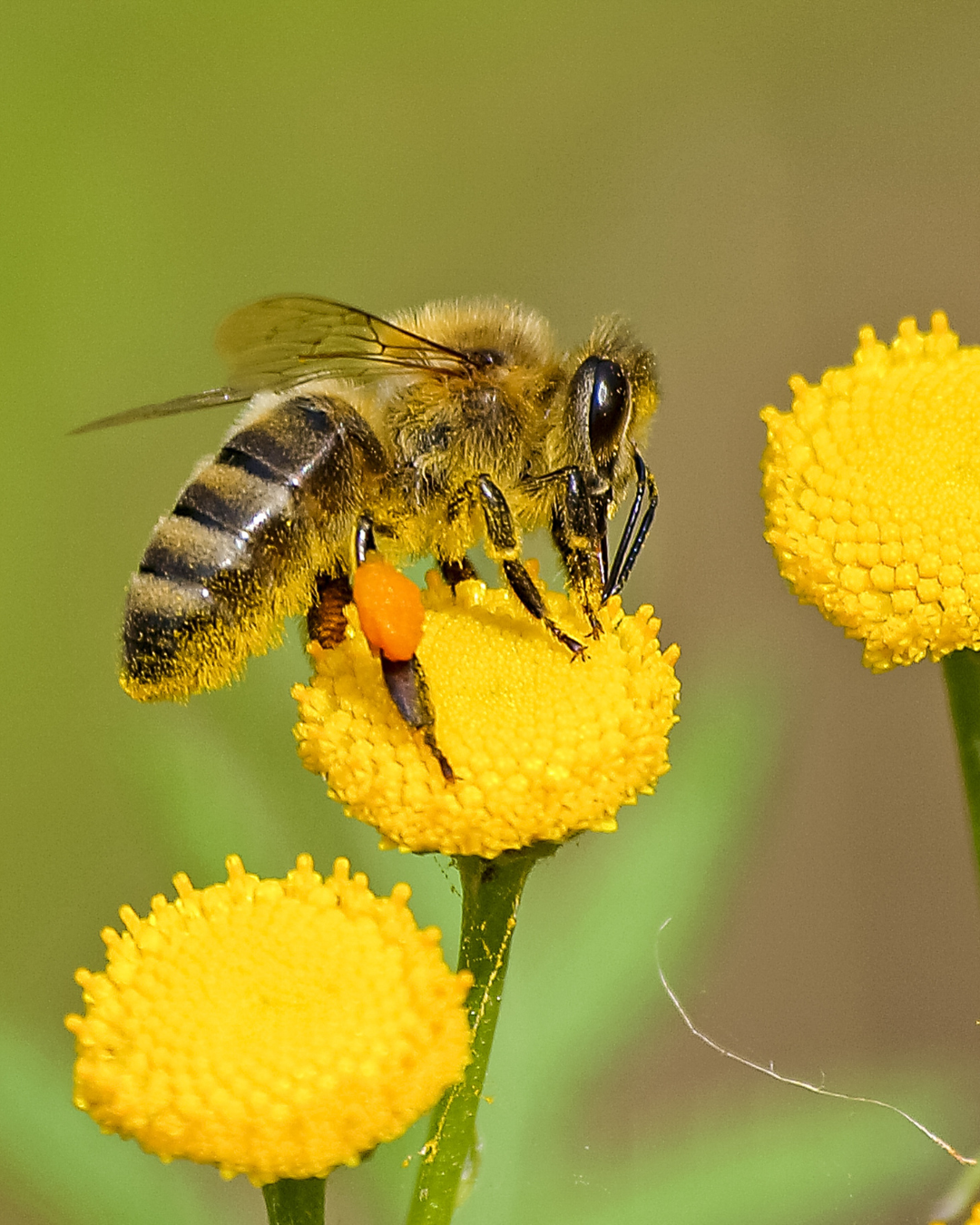So you want to grow an apple tree -planting tips to ensure a successful harvest

Apples are the backbone of our diet when it comes to fruits, we can produce them abundantly across the country. We eat one a day to keep the doctor away and we gift them to our teachers for providing us with knowledge.
So what is important to know before planning your purchase of an apple tree.
First of all you need to site the tree appropriately. Full sun location is essential, that means 8 hours of sunlight, and good drainage ,as these trees do not like 'wet feet'.
Apple trees are not able to self polinate ,which means they need a partner to ensure that their blossoms are cross pollinated, and can continue on to produce their prized fruit. Take a look around your neighbourhood, any white flowering crabapple is a suitable pollination partner for most apple varieties, but if there are none around, then you must plant 2 apple different apple varieties to ensure successful pollination.
Here is a list of apple varieties that we carry and suitable planting partners:
Ambrosia - plant with Cortland, Honeycrisp
Empire - plant with Royal Gala,Honeycrisp
Honeycrisp - plant with Ambrosia
Royal Gala - plant with Empire
Cortland - plant with Honeycrisp, Ambrosia
How much space do I allow for my apple trees?
The rule of thumb is to provide a spacing directly proportional to the height of the tree. Most trees today are semi dwarf, and attain a height up to 12 feet, so therefore space your apple trees a minimum of 12-15 feet apart. Planting too close will increase shading which will ultimately affect your harvest.
When planting, it is best to stake on the windward and leeward side of the tree for the first few yearsto ensure that it grows straight. Adding compost in the hole at planting time is the best way for the tree to receive its nitrogen, and continue this practice of applying 2 inches of compost at the base of the tree each year.
Two trees can provide plenty of apples
Apples are pollinated by insects, with bees and flies transferring pollen from flowers of one apple tree to those of another. But you don't need to plant a whole orchard to enjoy apples right off the tree. Two trees will reward any family with enough fruit to enjoy and share with friends.
And if you want to introduce native bees to your yard to ensure excellent pollination, talk to us about ordering bee kits.


